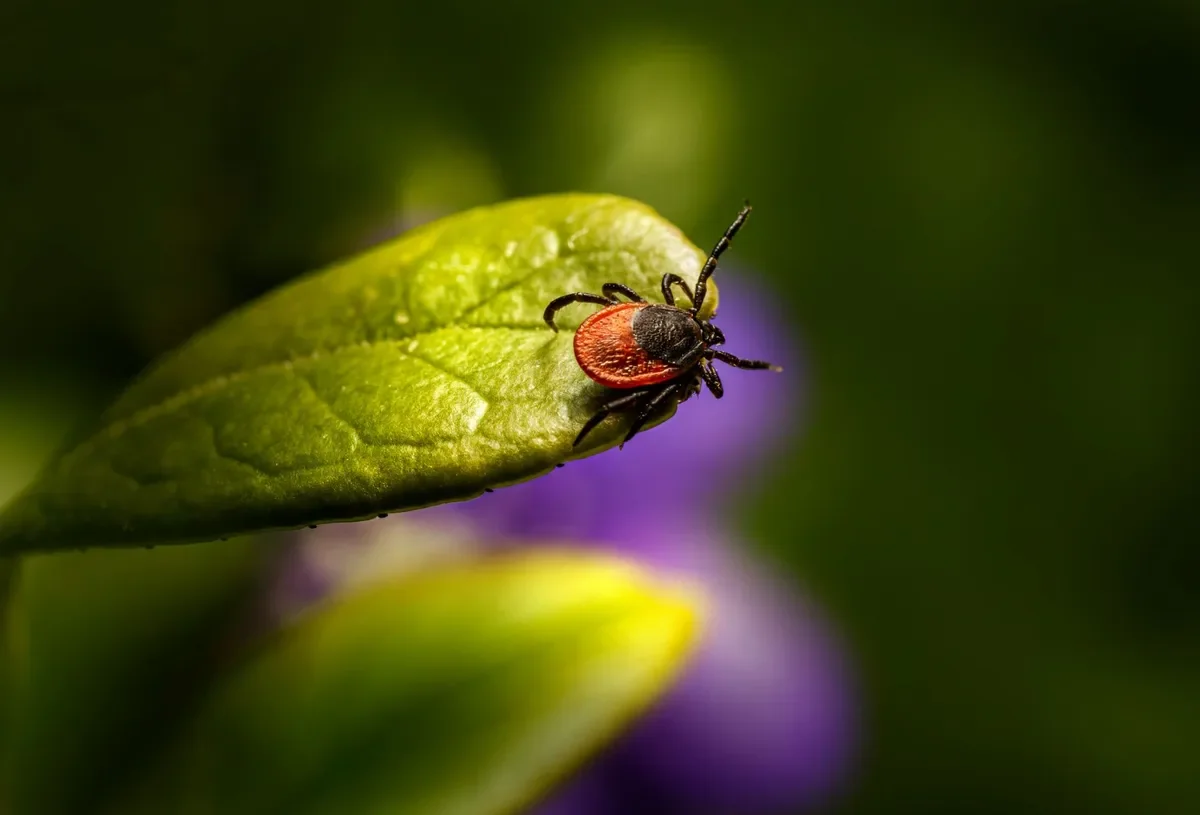
Increase in Tick-Borne Diseases: Experts Advise Caution
According to the National Institute of Public Health (SZÚ), the number of tick-borne diseases has nearly doubled this year compared to last year by the end of July. At over 1,900, the number of Lyme disease cases is at its highest level in ten years. Additionally, 362 cases of tick-borne encephalitis have been registered. Both diseases can have serious long-term consequences, such as tingling or paralysis in the limbs, as well as memory or sleep disorders. Experts therefore strongly recommend vaccination.
Most infections occur during the summer months. Last year, there were a total of 3,270 cases of Lyme disease and 509 cases of encephalitis. A study by Czech scientists has shown that there are more ticks in urban parks than in forests, with one in four ticks transmitting Lyme disease.
To protect yourself from ticks, experts from the National Institute of Public Health recommend using insect repellent and avoiding direct contact with grass, herbaceous vegetation, and bushes. After spending time outdoors, you should check yourself thoroughly for ticks and repeat this check the next morning.
When removing a tick, it should not be twisted but moved from side to side for two to three minutes until it detaches. Incorrect removal can lead to parts of the tick remaining in the skin, potentially causing inflammation.
The effects of tick-borne diseases, such as Lyme disease and encephalitis, can be severe. Lyme disease, also known as Lyme borreliosis, can lead to chronic joint inflammation, heart problems, and neurological disorders if not treated in time. Encephalitis, an inflammation of the brain, can result in severe neurological damage, persistent headaches, fever, and, in extreme cases, permanent disability or even death.
While a vaccine for Lyme disease is still under research, a vaccination for tick-borne encephalitis is already available and must be boosted every three to five years. The cost is around CZK 1,000 per dose, with kids usually receiving a subsidy from insurance companies.



